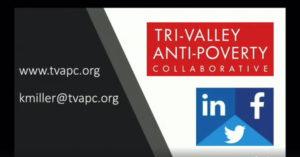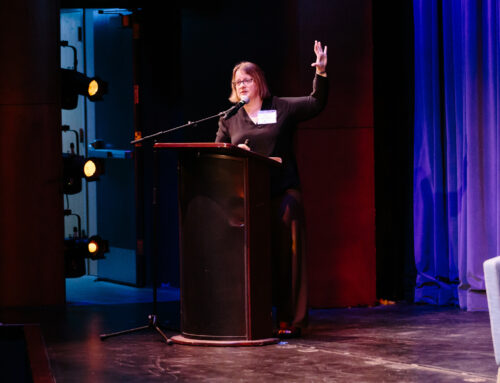 As rents and house prices soar, Tri-Valley advocates for affordable housing called last week for the public’s suggestions on what to do about it.
As rents and house prices soar, Tri-Valley advocates for affordable housing called last week for the public’s suggestions on what to do about it.
In an event hosted by Tri-Valley Anti-Poverty Collaborative, speakers stressed the importance of creating diverse neighborhoods filled with residents of all incomes. The event showcased two Lawrence Livermore National Laboratory scientists as examples of Tri-Valley workers who cannot afford to live in the region.
Attention was focused on the long commutes employees experience when they live away from their work. In addition, the audience was reminded that the region’s children are prevented from staying locally when they graduate from college and start their own families.
“That’s really sad when your parents are here, and you can’t even live nearby,” said the Rev. Jennifer Nelson, an Episcopal deacon who also works as a laboratory scientist. “Something has got to be done. Please, I beg you. We cannot continue like this. Diversity is important. We don’t need to have only rich people living in one area. They don’t know what they’re losing by not having their children grow up with people that are different from them.”
The virtual meeting was moderated by former Dublin Mayor Tim Sbranti, who serves as a board member with Innovation Tri-Valley, a team of community leaders working to improve the business climate and quality of life in the region. The discussion centered on finding ways to convince the public that financing and building affordable housing can benefit the region, providing businesses with a sizeable workforce, creating diversity in the workplace, and allowing parents to take part in their children’s nearby schools and sports activities.
“We’re better when we have everybody living together,” said John Sensiba, a certified public accountant in Pleasanton. “We all learn from each other.”
Bay East Association of Realtors reported in March that the median price of a home in Dublin was $1.3 million; $1.2 million in Pleasanton; and $870,000 in Livermore. Apartments.com reported the average rental price this month in the area is $1,955 for a studio apartment, $2,180 for a one-bedroom apartment, and $2,586 for a two-bedroom unit.
“I live in Livermore in a fifth-wheel trailer after being pushed off the bottom of the apartment rental market,” said Michael Mendenhall, a nuclear physicist at Lawrence Livermore National Lab.
He added that he never suspected his career choice would result in his being a representative face for housing poverty. Mendenhall said a co-worker told him few people on the lab’s technical staff can afford to live in Livermore and instead commute from the Central Valley. Mendenhall described his own experience as ‘soul crushing’ and leading to clinical depression.
“Please do whatever you can in your capacity to resist and demolish this system of cruelty,” he said.
Offering solutions to the problem, Jeff Levin, policy director of East Bay Housing Organizations, suggested a number of options, including working to protect tenants and prevent evictions, especially during the COVID-19 pandemic; preserving existing subsidized housing; and helping landlords facing foreclosure on their buildings because their tenants cannot pay them. He also advocated for rent-control measures and educating the public about the existing laws they can utilize to protect themselves.
“There are a surprising number of people who are still unaware that the law does give them some protections against rent increases or arbitrary eviction,” he said.
Levin added that there is a tremendous need for local funding to finance new housing, such as placing business taxes on rental property or increasing the real estate transfer tax to be designated for affordable housing development. Local strategies, he suggested, could include zoning law changes to allow homeowners to build ‘granny flats’ on their properties.
“I think this would be a great area for people to be working on with their local governments to try and set up some programs that will actually help homeowners who want to create second units,” Levin said.
Levin also suggested that advocates for affordable housing show up to speak at council meetings to combat those who speak out against it.
“If four or five people show up all opposing something and nobody is there to support it, it is far easier for the city council or board of supervisors to say no.” Levin said. “It’s a very different thing when there are a bunch of people that are saying, ‘Yes, we want affordable housing.’”
Sbranti encouraged residents to offer their own ideas to put forward to elected leaders.
“We need your help in terms of prioritizing what you think we can work on,” Sbranti said.
The discussion can be viewed at http://bit.ly/Indy_TriValleyVideo. To put forward a suggestion, email [email protected].






